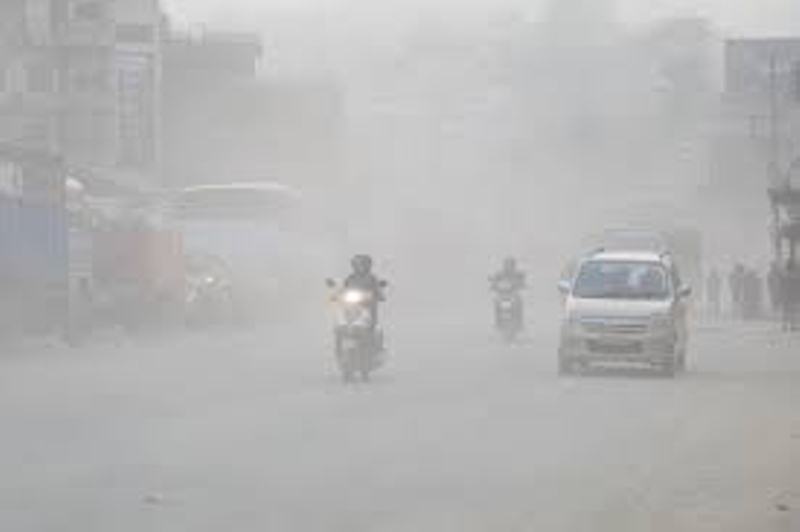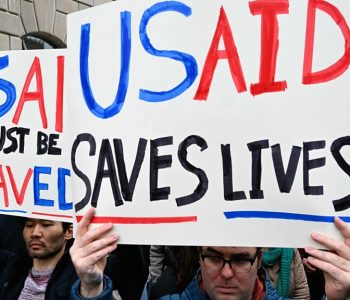Kathmandu’s Air Crisis Turns Deadly: Govt’s reckless tear gas use on March 28 blamed for soaring pollution

KATHMANDU: Nepal’s capital, Kathmandu, has descended into an unprecedented public health catastrophe, with its air quality now ranked the most polluted in the world. Official data reveals an Air Quality Index (AQI) of 225, plunging the city into the “very unhealthy” category, but insiders and residents claim the situation is far worse—nearing a deathly hazardous threshold. The root of this spiraling crisis? A shocking government crackdown on March 28, where authorities unleashed approximately 1,000 rounds of tear gas to suppress protests, an act now directly linked to the lethal spike in air pollution that is choking the city and its people.
Over the past week, Kathmandu Valley and swathes of Nepal have been engulfed in a toxic haze, with levels of carbon monoxide, black carbon, ozone, and fine particulate matter (PM 2.5) reaching unprecedented highs. The International Centre for Integrated Mountain Development (ICIMOD) reports that the city’s air has been hazardous for 75 of the last 90 days, a statistic laid bare in their March 21 data release. Yet, it’s the government’s aggressive response on March 28 that has ignited a firestorm of criticism, as the expired tear gas—known to release potent chemical irritants—has turbocharged an already dire environmental emergency into a full-blown humanitarian disaster.
Hospitals across Kathmandu are overwhelmed, their corridors packed with residents gasping for breath. Severe lung problems—coughs, wheezing, and respiratory distress—are rampant, with doctors reporting a surge in cases of aggravated asthma, bronchitis, and even acute respiratory failure. “The elderly, children, and those with pre-existing conditions are dying,” said a nurse from Bir Hospital, speaking anonymously out of fear of reprisal. “We’re out of beds, oxygen, and hope—yet the government does nothing.” Eye irritation, nasal congestion, and allergies have become near-universal complaints, painting a grim picture of a city suffocating under its own leadership’s negligence.
Environmentalists point to a deadly cocktail of factors: wildfires ravaging the countryside, reckless dust from old vehicles and construction sites, and the government’s failure to enforce basic environmental safeguards. But the March 28 incident stands out as a tipping point. “The tear gas wasn’t just a crowd control measure—it was a chemical assault on an already fragile ecosystem,” said Bhushan Tuladhar, an environmentalist among five who issued a desperate seven-point plea to the government. “That expired stockpile released toxins that mixed with wildfire smoke and industrial filth, pushing PM 2.5 levels to lethal heights. This is criminal inaction.”
Kathmandu’s bowl-shaped geography traps this poisonous brew, making it one of the world’s most vulnerable cities to air pollution. IQAir data places Kathmandu ahead of Hanoi (AQI 178) and Kuwait City (AQI 177) as the globe’s worst offender, far exceeding WHO standards where an AQI above 200 signals “very unhealthy” and 300 marks a “hazardous” emergency. Residents argue the real number is likely higher, masked by inadequate monitoring and government indifference.
The ripple effects are devastating. Construction dust and forest fires were bad enough, but the tear gas barrage has turned Kathmandu into a gas chamber. “People are dying, and the government doesn’t care,” said a furious shopkeeper near Durbar Square, his eyes red from irritation. “They caused this, and now they sit silent while we choke.” Experts warn that without immediate action—curtailing vehicle emissions, halting open waste burning, and addressing the wildfire crisis—the death toll will climb.












Facebook Comment